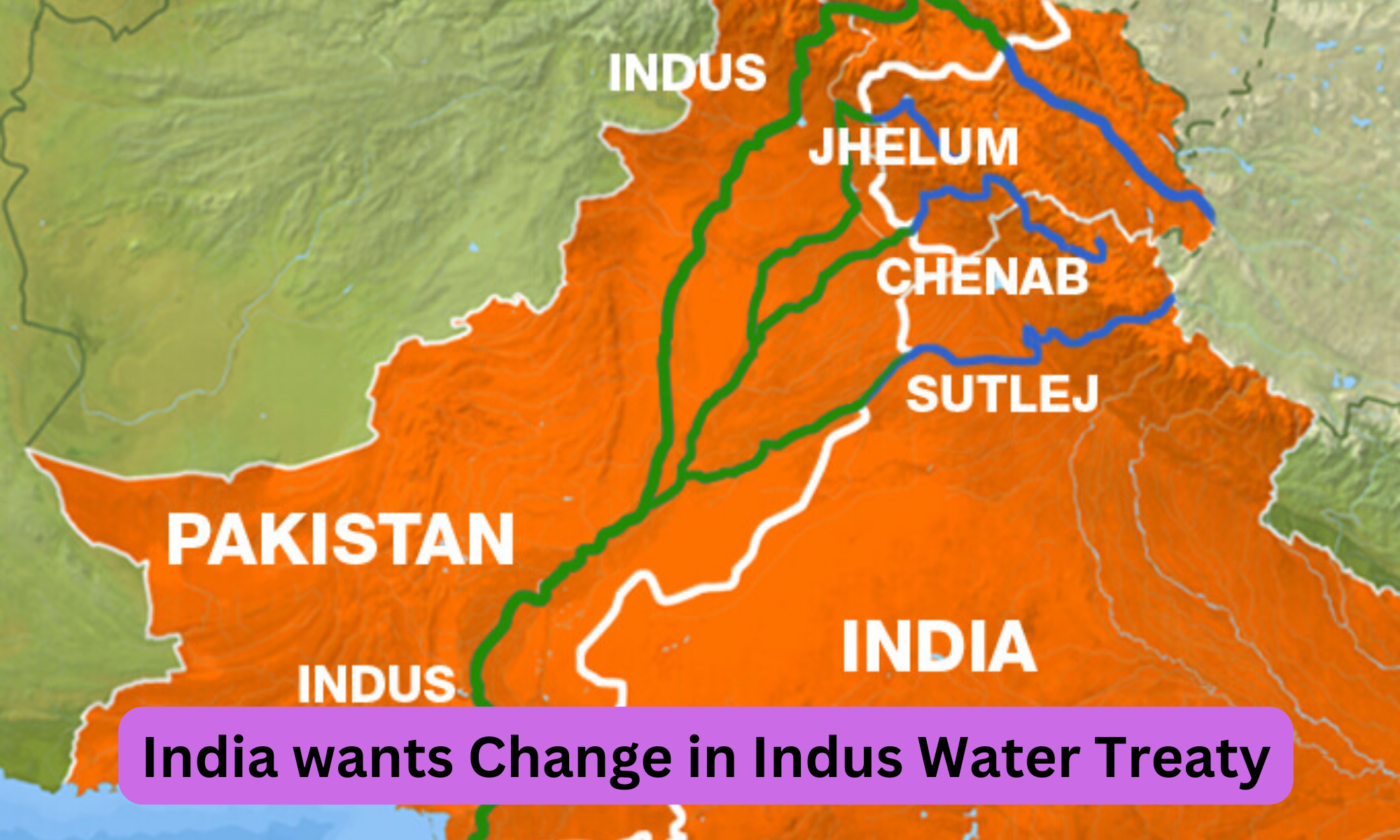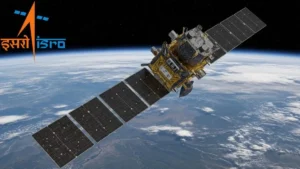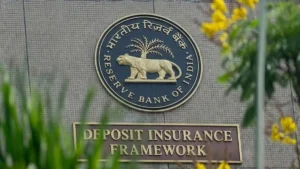India wants Change in Indus Water Treaty
With India requesting that Pakistan rework the Indus Water Treaty agreement on how the waters of the six rivers that make up the Indus Basin are shared, the Indus Water Treaty has entered choppy waters. While there have in the past been disagreements regarding the sharing of water, this time the dispute resolution process is under question of modifying Indus Water Treaty.
Buy Prime Test Series for all Banking, SSC, Insurance & other exams
Why India wants to modify Indus Water Treaty after 62 years?
- India has expressed its displeasure with Pakistan’s drive for concurrent conflict resolution procedures, including arbitration by a court also established by the World Bank and neutral expert appointment by the World Bank.
- The signature of the Indus Water Treaty in 1960 had been made possible by the World Bank.
- The Indus Water Treaty itself needs to be renegotiated, Delhi has now urged Pakistan to do so.
- However, Pakistan’s likelihood of rejecting the plan has cast doubt on the survival of the pact.
- The World Bank also joined India and Pakistan in signing the Indus Water Treaty in 1960.
- The agreement aimed to equally distribute water from the Indus River and its tributaries between the two nations.
- According to the agreement, Pakistan received water from the Chenab, Indus, and Jhelum rivers in the west and India received water from the three eastern rivers Beas, Ravi, and Sutlej.
Centre Notifies Appointment Of 5 Judges To Supreme Court of India, Working Strength Rises To 32
About the Indus Water Treaty
The agreement also gives both nations permission to use each other’s rivers for specific activities, such tiny hydropower projects that call for little to no water storage.
The Indus Water Treaty has mainly maintained calm on water sharing, although there has been a protracted disagreement over the hydroelectric projects Kishanganga and Ratle, both of which are situated in the Union Territory of Jammu and Kashmir.
Reliance Jio and GSMA unveil Digital Skills Program in India
Indus Water Treaty: Kishanganga Dam Project
- In 2018, the Kishanganga project, which spans the Kishanganga river, a tributary of the Jhelum river, in Bandipora district, was officially opened.
- Construction is presently underway on the Ratle hydropower project in the Kishtwar area, which will span the Chenab river.
- Pakistan alleges that the design of the Indian dams, which are intended to generate electricity, will hinder the flow of the rivers that supply water for 80% of its irrigated crops, infringing on the treaty.
- India was able to resume Kishanganga dam building in 2013 thanks to an interim ruling by an arbitration court.
- The judgement stated that Pakistan would need to establish its demonstrated usage of the water, which it did not have at the start of the dispute, in order to prohibit the diversion of water.
- However, Islamabad claims that its worries are significant since the country’s economic and social stability as well as food security depend on irrigation water from the tributaries.
On the Jhelum river downstream are some of Pakistan’s largest dams, including Mangla. A large part of Pakistan’s electricity is produced by them.
Also Read: Yuva Sangam Registration Portal Launched in New Delhi




 LVM3-M6 Rocket Set to Launch on December...
LVM3-M6 Rocket Set to Launch on December...
 Which Animal is known as the River Horse...
Which Animal is known as the River Horse...
 RBI Board Sanctions Overhaul of Deposit ...
RBI Board Sanctions Overhaul of Deposit ...







